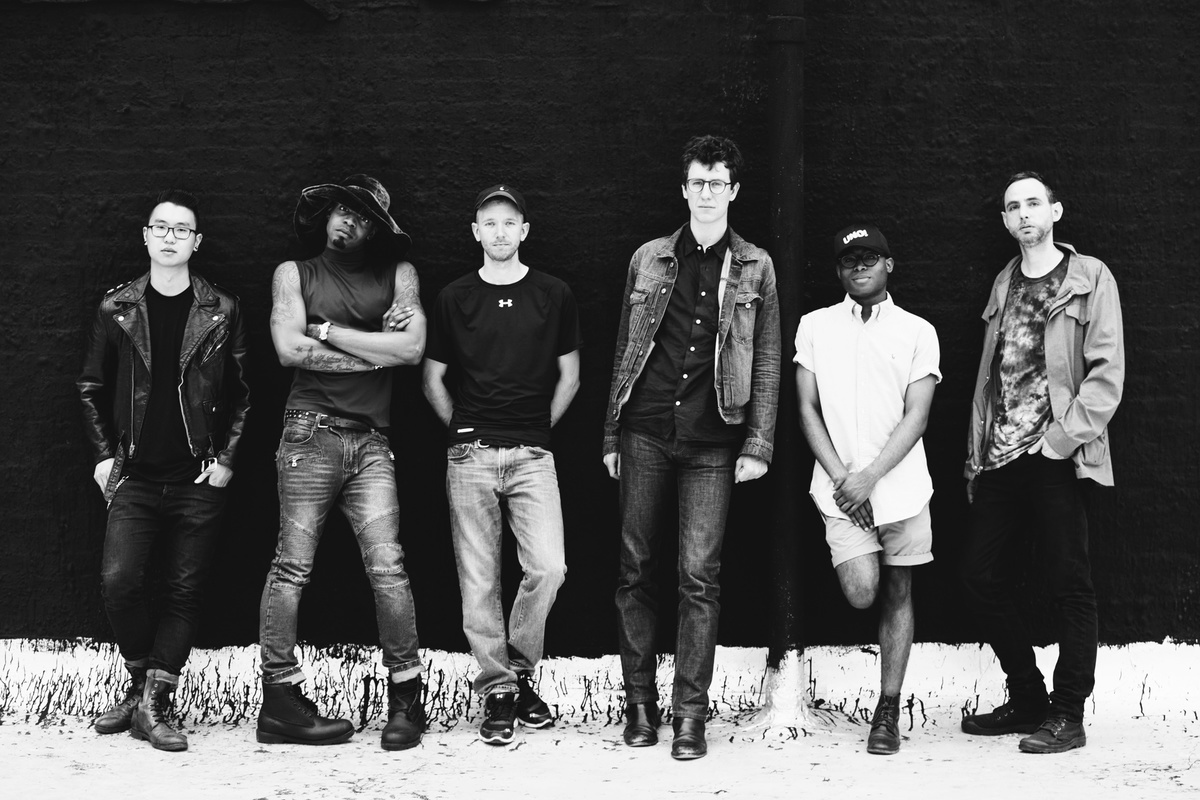After spending some time at Warp and DFA Records, Damga decided to create a space that celebrates dance music’s divergent directions. While UNO’s first releases bounced from Eddie Mars’ disco baselines to Jacques Greene’s acid-tipped ephemeral house, Damga kept his ear to the ground and eventually moved into weirder territories. From the abstracted melodic rhythms of Kuwaiti-born Fatima al Qadiri to the brash hip-hop drag of Mykki Blanco – each of UNO’s releases takes an unpredictable turn from the last, connected by spirit rather than sound. i-D catches up with Charles along with his artists Aquarian, Dutch E Germ, and Gobby.
Charles Damga Founder, UNO
You spent a lot of time working with a variety of other labels before launching UNO. How did these experiences motivate the decision to develop your own?
It was awesome to get an insider look at how contemporary greats like Warp and DFA ran before trying it myself. DFA sticks by their guns and taught me how varied an artist’s output could be – that you really can’t pin someone down to a sound – which is something I needed my own label to explore. Warp does an amazing job across a wide range of artists, but each release fights for the Warp identity they’ve been building for 20 years. For UNO, it was important to learn how to build that kind of fan base, to keep them guessing.
Did you grow up in a musical household?
Yeah, quite a few shades of music from my Mum and Dad who grew up in the Summer of Love. It was a mix of David Bowie, DJ Shadow, Soul and New Age 80s standards like Peter Gabriel.
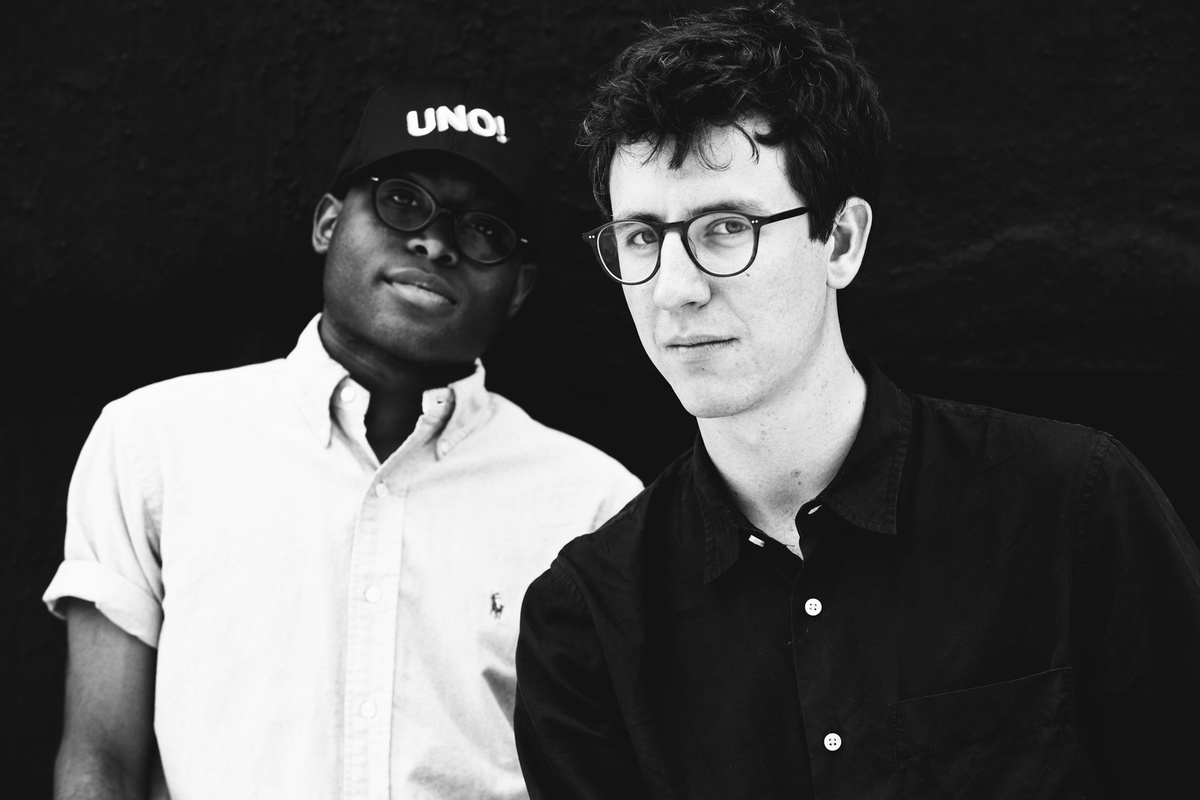
It’s wonderfully hard to classify UNO, one day you’re releasing avant-garde techno, the next it’s a bubbling hip-hop production. What do you gain from this fluidity?
We put out all those sounds because we like all those kinds of music, as hopefully most people do. It’s hard to imagine waking up and releasing the same record over and over, but there’s a lot lost; a cult audience attracted to singularity, a logical release schedule and artist relationships, for example, but hopefully we’ve gained some wider music fans.
Do you feel as though the internet has shaped the logic of your releases?
The internet definitely proliferates culture junkies, people who eat up sub-genres and spit them out as a mess of amalgamated re-appropriations. We love challenging those boundaries, and the freedom it gives us to release something like Ian Isiah’s mixtape, which mixes bits of Gospel and club music, but is also very romantic. The doors are open to so much now that it inspires our releases to test how far to take it.
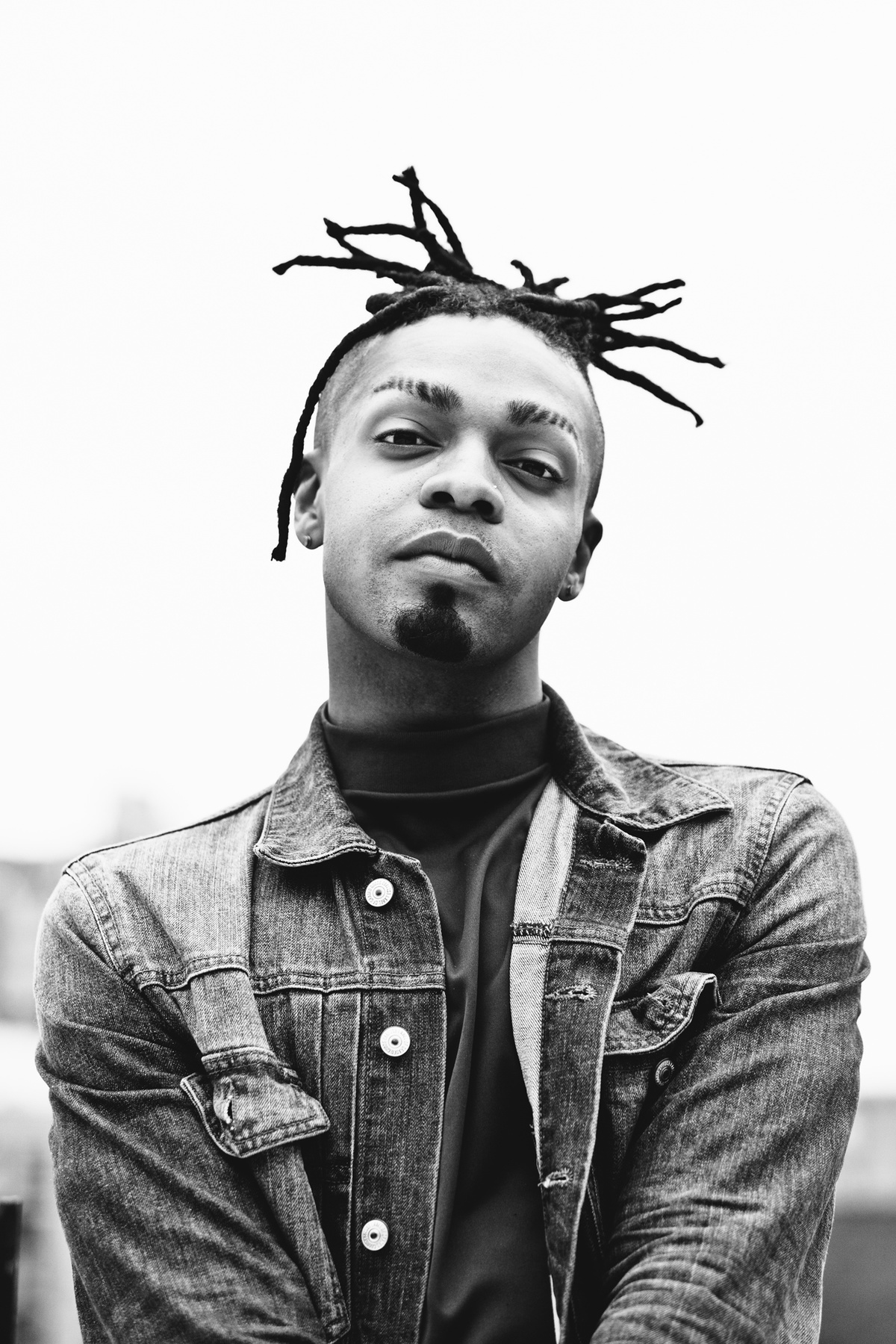
Does UNO bear a markedly New York mentality?
Not in the sense that every artist we release needs to live in New York, it’s more that it’s grown out of the environment that New York breeds. There’s a dog-eat-dog need-to-do-your-own-thing mentality here, that’s the mentality we like our artists to have, whether they’re from Florida or Flatbush.
How important is UNO’s aesthetic direction to the label?
It’s a lot less developed, a lot more thrown against the wall. We work with a variety of artists with very little defined process; sometimes it takes us to the NY Public Library’s image archive, sometimes to the depths of Kari Altmann’s mind. People complain it’s not cohesive enough, and they can’t find the records from one to the next. When Stretch 2 came around we didn’t even put the UNO logo on it, let alone the album name. I think that’s a good thing; getting lost in the maze is better than predictability.
Aquarian
The producer’s club cuts draw upon global influences, from the futurism of Detroit Techno to re-worked traces of Grime, spinning a sound all his own.
You’ve made some of UNO’s most dancefloor orientated releases to date. What sorts of sounds were you listening to that inspired these records?
A large part of the influence came from classic 90s Detroit techno/ electro, specifically Drexcyia, DJ Stingray, Underground Resistance, etc. It’s pretty apparent on the record, I think, the tracks are all built around a lot of classic drum machine sounds. At the same time, I was also listening to a lot of current producers when I wrote it. Jack Sparrow, Shed, Objekt, Toasty, Peverelist, Ramadanman are a few names that were on high rotation around that time. Oh, and I had Stolen Thong, the Sisqo x Burial mashup on repeat the entire time. I don’t actually know who made it but they’re a fucking genius.
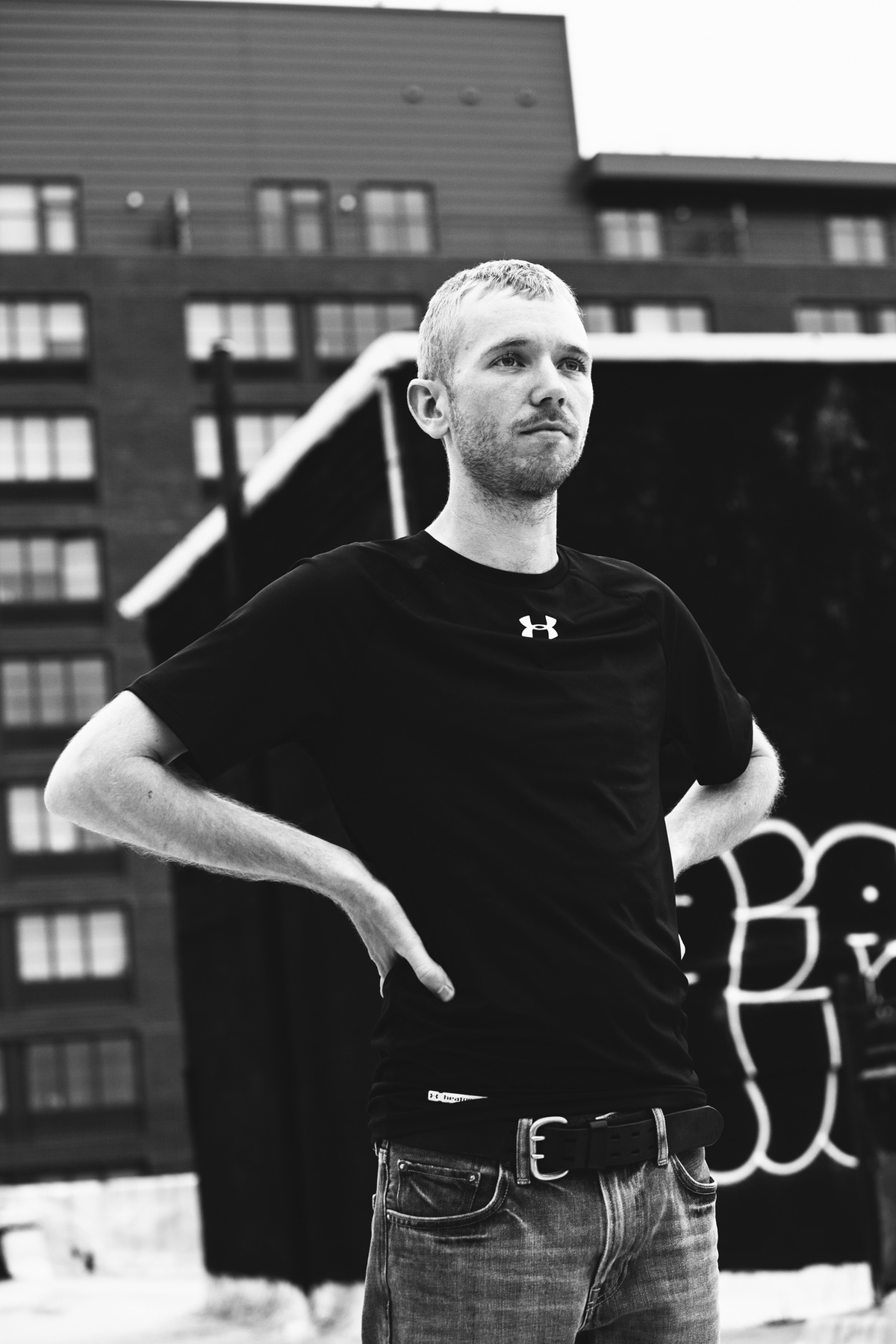
The term “alien” has been used frequently in critical responses and reviews of your music. Who is your favorite alien and why?
My favourite alien is probably Max Rebo from Star Wars: Return of the Jedi. He’s the alien who looks like a blue elephant and performs for Jabba the Hutt. Why? Mostly because I love elephants, and he’s a cool-ass, blue, space elephant who plays music. C’mon.
You’ve lived in Brooklyn, London, and Toronto, which has the best food?
Food is a tough one. All three cities are major contenders with a ton of variety, and it really depends on what kind of food you’re looking for. For example, London does Turkish and Indian food the best, New York has the best BBQ and Ramen, Toronto has the best Chinese food… I could go about food on forever.
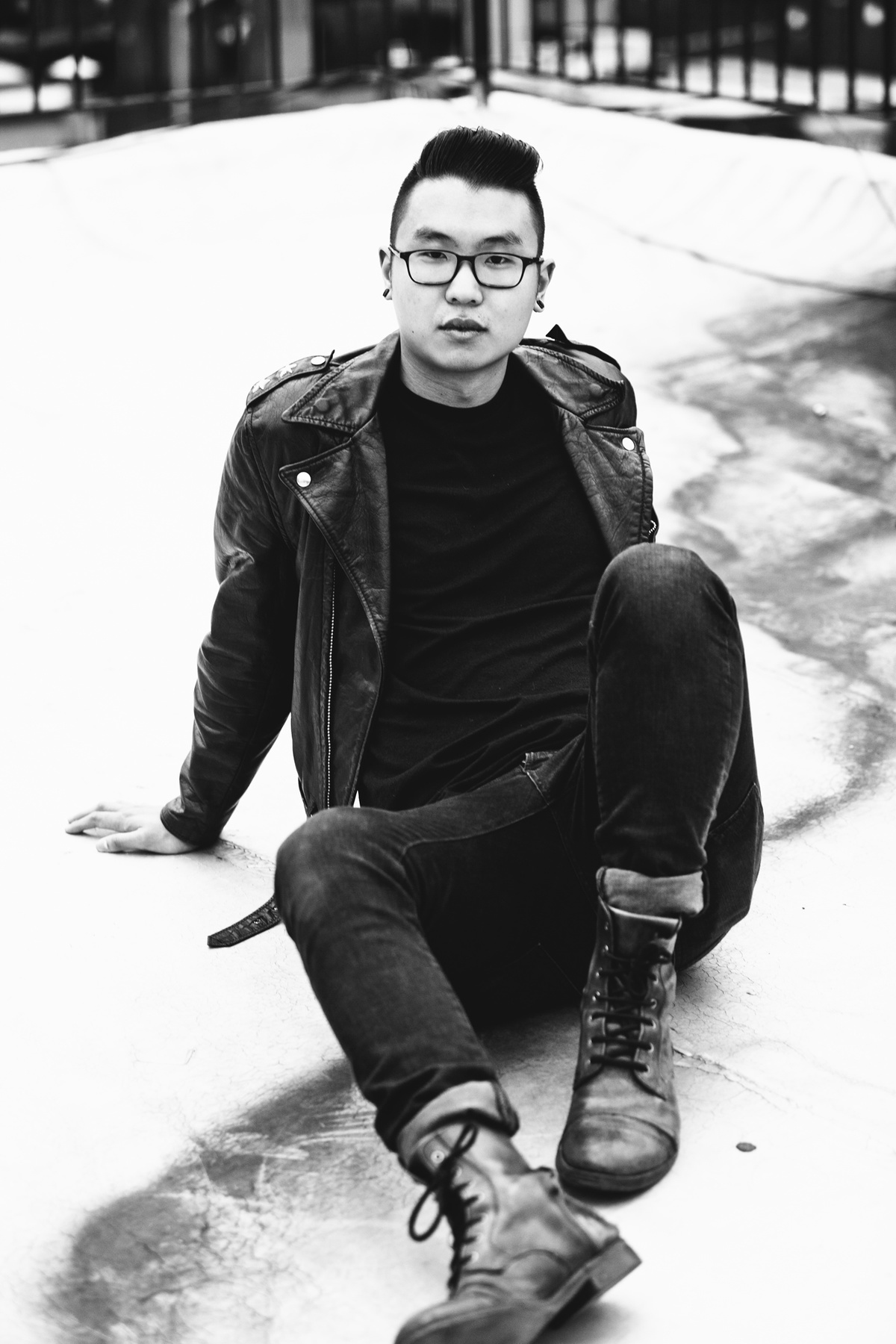
Dutch E Germ
The Gang Gang Dance co-founder’s solo projects run the gamut from Ghe20 G0th1k DJ to 12 O’Clock Boys soundtrack contributor to being sampled on Kanye West’s Yeezus.
In.Rak.Dust is your first solo album in 6 years, what’ve you been up to?
I’ve spent those six years learning production and literally exploring every sound I can find. Ultimately, I feel there is endless possibility to all sound since the dawn of man.
Can you tell us a little more about your most recent work with Hood By Air, you worked on the show’s music with Total Freedom?
It’s funny because I didn’t attend the actual show. The night before we had a rehearsal in the space. It was a curious evening, it was almost serene and meditative. I had been there for hours, and hardly anyone was talking when suddenly music started pumping out into the space. When I entered the room, it had been completely transformed by strobe lights and smoke, Total Freedom was giving the music life. Shayne was walking the runway, clearly elated, almost as if he was walking on air. I sat in the bleachers by myself and felt a higher power in that room, conjured by the sum of all the faith we had in each other.
When it ended I was speechless. I snuck out, but I could barely walk. I was shaking and in tears! I’ve watched the Youtube of the actual show many times and it was clear that everyone involved brought that faith, even the models. Had I been witness, I probably would have disappeared into a cloud of smoke!
What’s one memory you have from Ghe20 G0th1k that best captures the party’s energy?
The hugs, It had the best hugs ever!
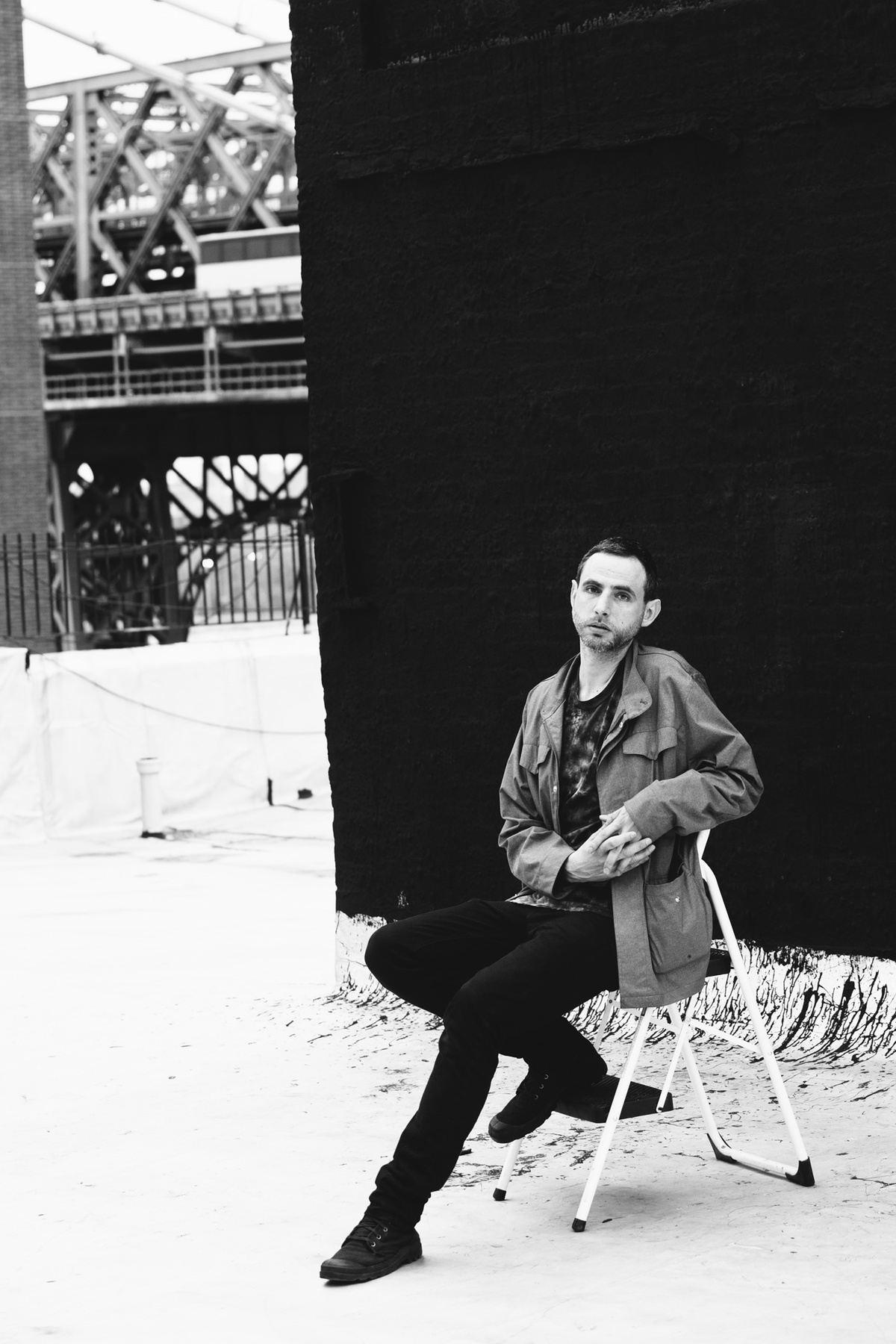
Gobby
Part time Hype Williams drummer and rumored Illuminati crew member, Harlem-based Gobby is one of UNO’s most notorious crackpot beat makers.
You often make use of unexpected samples, pulled everywhere from 911 calls to Third Eye Blind to Digimon. What’s the logic behind these?
All sampling is done on a random impulse, unless I consciously choose to, then it’s not.
What’s your dream collaboration?
I don’t mind, whatever really.
Credits
Text Emily Manning
Photography Christelle de Castro
